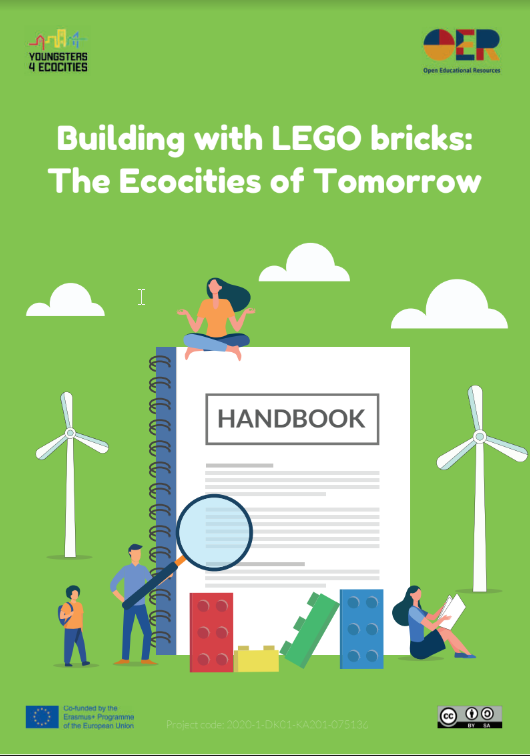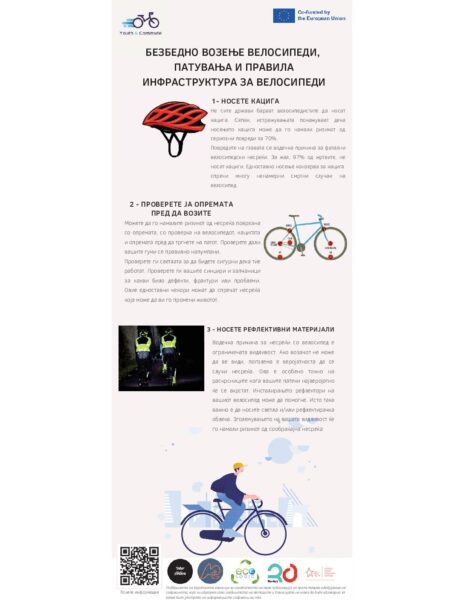The Handbook specifies and addresses the issue of urban planning that covers a spectrum from the rational planning tradition to the ecological planning paradigm. Young
people, teachers, and educational staff can navigate through a series of maps that display the typical elements of each city-building technique. Three stages of city-building
techniques are depicted:
a) The rational planning tradition. By the end of the 19th Century, urban forms were planned using Euclidean geometry where constructed systems and objects are designed first, and
natural landscape features designed afterwards to complement the ordered structures.
b) The community-based planning tradition. Popular in the 1960’s, concerns over environmental and social problems grew as a result of rational planning. Planning processes
gradually evolved to be more socially fair and inclusive, using techniques that engaged and empowered citizens. The discipline of urban planning began to move away from its roots in
engineering, landscape architecture and architecture, and began to focus on policy development, social science and land use management.
c) The ecological planning paradigm. In 1969, Ian McHarg introduced the ecological approach to design that begins with understanding and analysing natural systems, such as
geological formation, topography, hydrological systems and water flows, soils and vegetation, forested areas, but also social layers including history and the ways that communities use existing sites.
There is a dedicated area to building techniques using LEGO©. The planning paradigm in LEGO© has different facets, from the traditional object-based urban design method to
an ecological understanding of city planning, in which wetlands, key forest patches and woodlands, and primary migration corridors for animals and birds would be placed; cultural
landscapes, existing human uses of the site, farming lands and historic features would be given priority.This methodology is innovative for its conceptual idea that tries to represent a
lively history of the urban planning genealogy helping young people, and not only, to grasp a nuanced understanding of this very history and its importance for thinking sustainably with
regards to city-making.
The curriculum is consisting of the following topics:
- The Theory of Ian McHarg on Environmental Planning
- Trees and Forests
- Urban Mobility, Health and Human-Nature Connection
- Caring for Water
- Connectivity and Animal Migration
- Urban Agriculture






